Curbless shower on below grade slab
californiagirl
11 years ago
Featured Answer
Sort by:Oldest
Comments (9)
davidro1
11 years agoRelated Professionals
Beavercreek Kitchen & Bathroom Designers · Fox Lake Kitchen & Bathroom Designers · Magna Kitchen & Bathroom Designers · Ossining Kitchen & Bathroom Designers · Peru Kitchen & Bathroom Designers · St. Louis Kitchen & Bathroom Designers · Town 'n' Country Kitchen & Bathroom Designers · Honolulu Kitchen & Bathroom Remodelers · Mountain Top Kitchen & Bathroom Remodelers · Chantilly Glass & Shower Door Dealers · Alafaya Cabinets & Cabinetry · Stoughton Cabinets & Cabinetry · Rockledge Window Treatments · Sun Lakes Window Treatments · The Woodlands Window TreatmentsMongoCT
11 years agocaliforniagirl
11 years agodavidro1
11 years agobill_vincent
11 years agoomasmith
11 years agocaliforniagirl
9 years agodivotdiva2
9 years ago
Related Stories
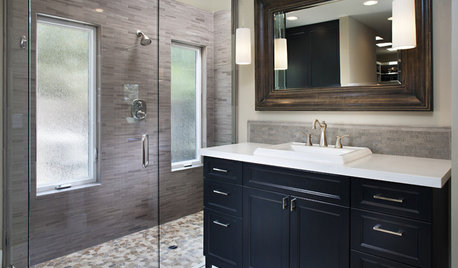
BATHROOM DESIGNThe Case for a Curbless Shower
A Streamlined, Open Look is a First Thing to Explore When Renovating a Bath
Full Story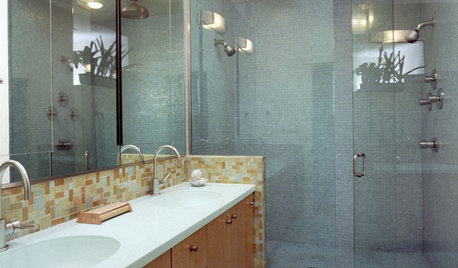
BATHROOM DESIGNThe No-Threshold Shower: Accessibility With Style
Go curbless between main bath and shower for an elegant addition to any home
Full Story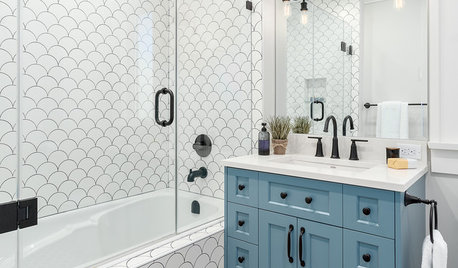
BATHROOM DESIGNShower Curtain or Shower Door?
Find out which option is the ideal partner for your shower-bath combo
Full Story
BATHROOM DESIGNHow to Choose the Best Drain for Your Shower
Don't settle for a cheap fix when you can pick a shower drain that suits your style preferences and renovation codes alike
Full Story
BATHROOM DESIGNHow to Settle on a Shower Bench
We help a Houzz user ask all the right questions for designing a stylish, practical and safe shower bench
Full Story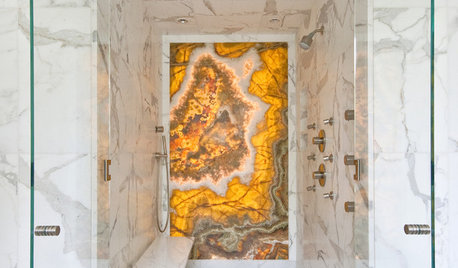
BATHROOM DESIGNHow to Build a Better Shower Curb
Work with your contractors and installers to ensure a safe, stylish curb that keeps the water where it belongs
Full Story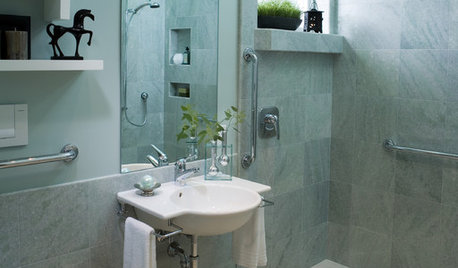
BATHROOM DESIGNHow to Design an Accessible Shower
Make aging in place safer and easier with universal design features in the shower and bathroom
Full Story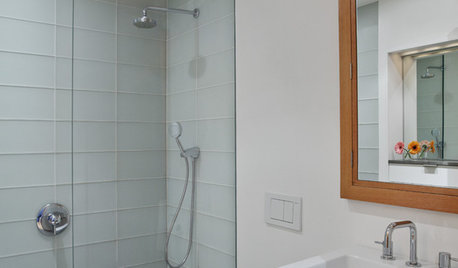
BATHROOM DESIGNConvert Your Tub Space to a Shower — the Planning Phase
Step 1 in swapping your tub for a sleek new shower: Get all the remodel details down on paper
Full Story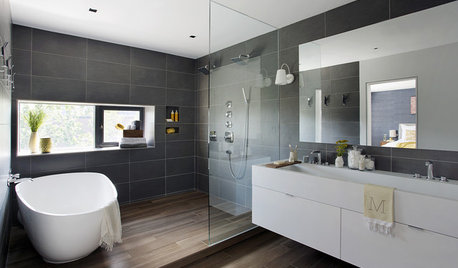
SHOWERSYour Guide to Shower Floor Materials
Discover the pros and cons of marble, travertine, porcelain and more
Full Story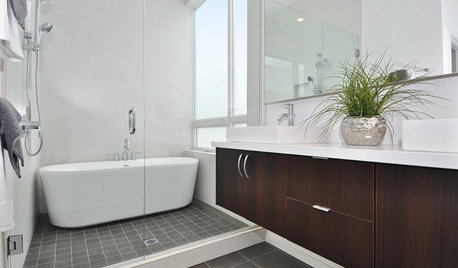
BATHROOM DESIGNWhy You Might Want to Put Your Tub in the Shower
Save space, cleanup time and maybe even a little money with a shower-bathtub combo. These examples show how to do it right
Full Story








bill_vincent